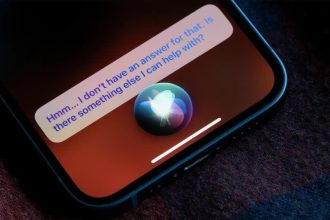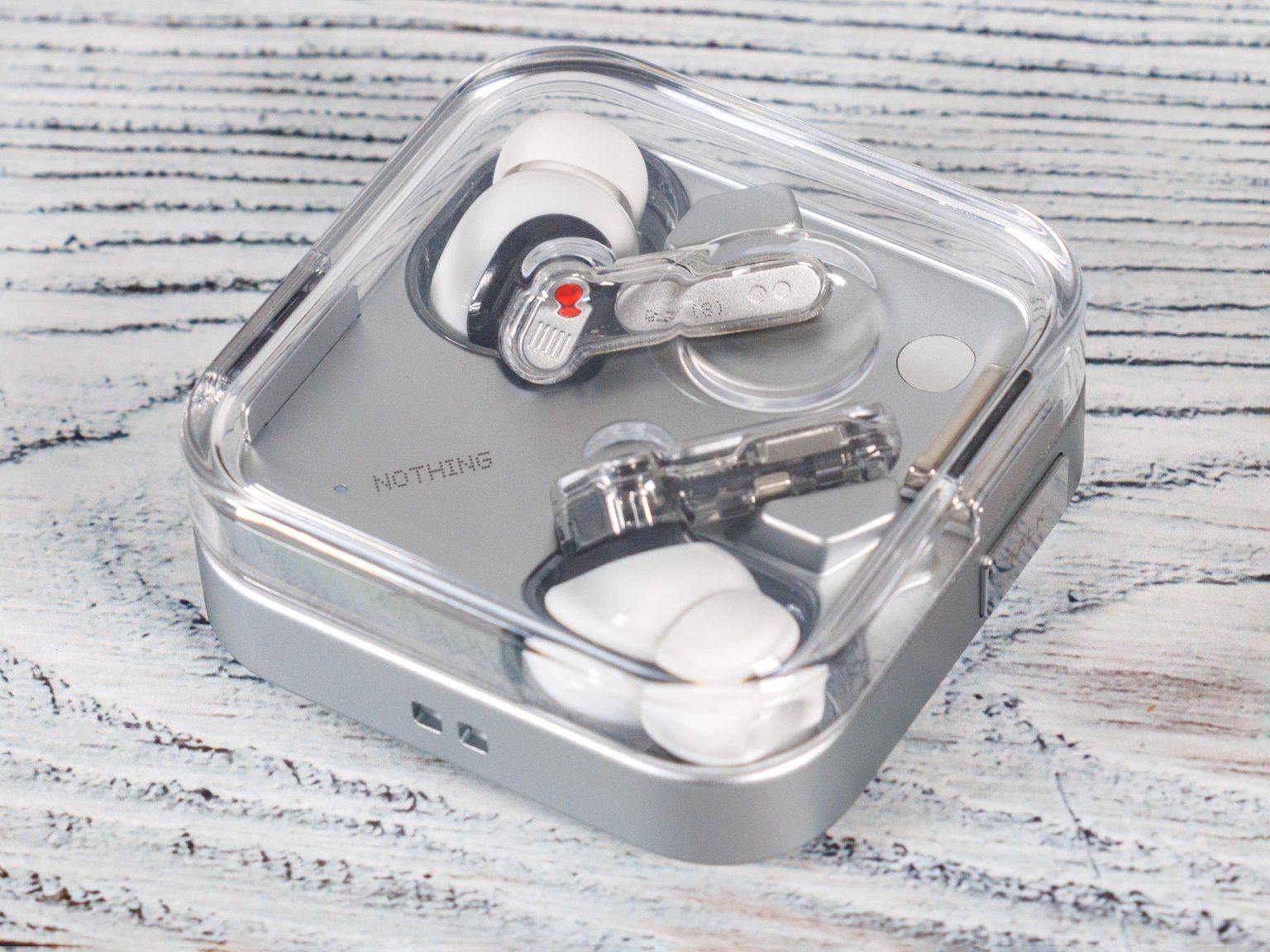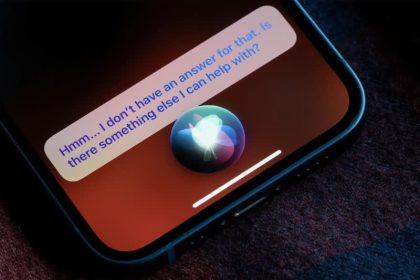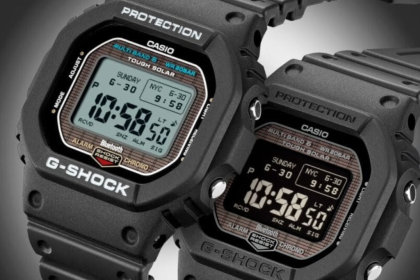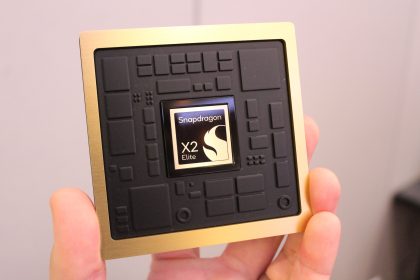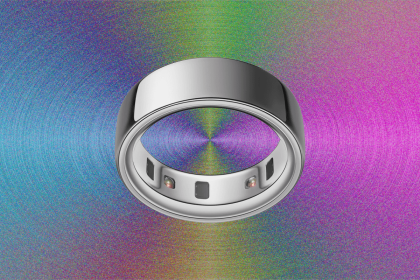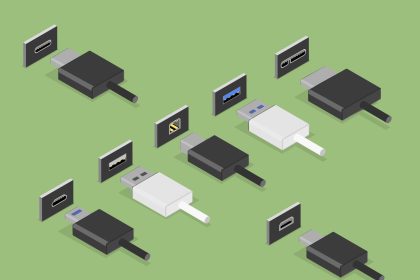The Nothing Ear (3) is a compelling upgrade that excels in terms of design, features and innovative functionality. The Super Mic, built into the case, takes voice recording for calls and voice memos to a new level and is a truly unique selling point. ANC (up to 45 dB), the use of high-quality 12 mm drivers, LDAC support and a well-designed app (with EQ, personal sound signature, etc.) are also clear strengths.
However, there are also weaknesses: the battery life with ANC active is only average (approx. 5.5 hours), and when using LDAC + ANC, it decreases even further. The ANC itself, especially in windy or very noisy environments, is not always entirely convincing. Overall, however, the Ear (3) delivers a coherent overall package.
The Ear (3) can be purchased directly from Nothing, but are also available at Amazon.
$179.00
Nothing Ear (3) Wireless Earbuds Super Mic 45dB Hybrid Active Noise Cancelling Bluetooth Headphones Hi-Res 6 Mics, 12mm Dynamic Bass Boost, Dual Connect ANC Sport Ear Buds for iPhone Android, White
Pros+ good sound quality
+ clear phone calls with Super Mic
+ unique design
Cons- without Super Mic, only average phone call quality
– battery life could be longer
Wearing style
In-Ear
Connectivity
Bluetooth 5.4 (Multipoint)
Range
10 m
Speaker
12 mm dynamic driver, 32 Ω, 20-40000 Hz
Audio-Codecs
SBC, AAC, LDAC
Batteries
55 mAh (Buds), 500 mAh (Case)
Charging port
USB-C
Wireless charging
unterstützt
Weight
5.2 g (Buds), 71.4 g (Case)
Firmware-Version
1.0.1.59
Scope of delivery
Buds, Case, 3 pairs of additional ear tips, USB-C-Cabel
Price (RRP)
$179
Having already taken a closer look at the current headphones in a comparison review, we are now putting the new Nothing Ear (3) under the microscope. For the first time, these offer a so-called Super Mic, which is an additional microphone designed to enable a better phone call experience.
The Nothing Ear (3) are made of plastic and are available in black and white. The lower part of the charging case is made of aluminium and houses additional microphones and a talk button. The workmanship and material quality are good, which is also due to the aluminium base. Both the earphones and the charging case are IP54-rated for dust and water resistance.
The Ear (3) come with three additional silicone attachments. To ensure an optimal fit, the appropriate size should be selected. The earphones will then sit securely in the ear canal and should remain in place even during most sports activities.
Nothing uses completely plastic-free outer packaging. Only renewable energies were used in the final assembly, and 100 % recycled aluminium is used in the middle frame. The CO2e footprint (life cycle) is stated as 2.87 kg.
For faster pairing, Nothing Ear (3) supports both Google Fast Pair and Microsoft Swift Pair. The manual pairing process can be initiated via a dedicated button in the charging case. The headphones support dual Bluetooth and can therefore connect to two devices simultaneously.
The Nothing X app allows you to manage and control the true wireless headphones. It is available in both the Google Play Store and the Apple App Store and can also be downloaded directly as an APK from Nothing.
Among other things, the app can be used to install firmware updates, select the desired audio codec and use predefined or custom equalizers. It also offers the option to configure spatial audio, the Super Mic, noise cancellation, transparency mode and in-ear controls according to your preferences.
The Nothing Ear (3) features 12 mm drivers with a nominally wide frequency spectrum. Compared to its predecessor, the mid and low ranges have been audibly improved, and LDAC, a powerful audio codec for Android, is also available.
We really like the sound quality, which is characterised by powerful reproduction, although the headphones falter a little at very high treble frequencies. However, this is rarely noticeable in everyday use. This applies to music playback as well as films and games.
The ANC is quite effective and even on an aeroplane, ambient noise is properly dampened. Without media playback, however, the counter noise is clearly audible and the volume of the Ear (3) must sometimes be very high to keep content clearly understandable. The sound quality is also weaker during a flight with ANC activated.
When making calls in quiet environments, Nothing headphones deliver a decent performance. However, in busier environments, they quickly reach their limits. This is where Super Mic comes in: it is optimised primarily for voice and video calls and works with popular apps such as Zoom, Teams, Google Meet, WhatsApp and WeChat. For recording, it is supported by native voice memo apps (e.g. iOS Voice Memos) and third-party video apps such as Blackmagic. It is not optimised for in-app voice messages (e.g. WhatsApp, WeChat, Snapchat) or standard video recording on Android / iOS, where the smartphone microphones are used instead. During phone calls, the additional noise-cancelling microphone in the case reduces ambient noise to a minimum, and the large voice microphone ensures excellent clarity and is ideal for communication.
Loudspeakers
THDApple AirPods 4 ANC (RMS: -2.4 dBFS)
0.061 % *
Nothing Ear 3 (RMS: -2.0 dBFS)
0.034 % *
Teufel Real Blue TWS 3 (RMS: -0.9 dBFS)
0.022 % *
THD+NApple AirPods 4 ANC (RMS: -2.4 dBFS)
0.73 % *
Teufel Real Blue TWS 3 (RMS: -0.9 dBFS)
0.43 % *
Nothing Ear 3 (RMS: -2.0 dBFS)
0.22 % *
* … smaller is better
THD (Total Harmonic Distortion): Harmonic distortion quantifies the magnitude of the components that arise from non-linear distortion (harmonic content) in relation to the original signal. THD refers only to the fundamental harmonic content. The distortion factor is often mentioned in the same breath, but refers to the overall signal.
THD+N (Total Harmonic Distortion + Noise): This value is comparable to THD, but in addition to the interference from harmonics, the interference from noise is also recorded as an effective value.
For the measurement, a low-harmonic sine wave signal (1 kHz, > 0 dB) is played through the headphones to be tested and recorded by a linear measuring microphone (measuring distance: approx. 1 cm) in an artificial head.
Both values are given as a percentage. The lower the value, the better the signal fidelity.
dB(A)
0102030405060708090Deep BassMiddle BassHigh BassLower RangeMidsHigher MidsLower HighsMid HighsUpper HighsSuper Highs2034.941.82524.341.63120.738.44018.141.85030.844.16321.744.98014.846.810017.249.512514.347.216017.149.820014.350.825014.253.531514.553.94001353.350011.855.863013.259.680010.963100011.766.4125011.473.8160011.778200012.382.725001387.4315012.886.8400012.483.9500013.980.3630013.57580001370.81000013.669.31250013.766.8160001361.7SPL24.893.6N0.680median 13median 66.8Delta1.212.334.252.828.457.420.955.936.160.340.663.92065.214.570.619.674.111.275.113.277.110.478.4578.85.9805.278.45.478.86.379.25.179.96.780.48837.582.87.881.9882.49.480.4979.49.775.810.171.810.774.611.277.211.371.910.964.52192.20.3106.1median 9median 78.82.22.9hearing rangehide median Pink NoiseNothing Ear 3Apple AirPods 4 ANCFrequency diagram (checkboxes can be checked and unchecked to compare devices)
Nothing Ear 3 audio analysis(+) | speakers can play relatively loud (93.6 dB)
Bass 100 – 315 Hz
(-) | nearly no bass – on average 16.1% lower than median
(+) | bass is linear (3.6% delta to prev. frequency)
Mids 400 – 2000 Hz
(±) | reduced mids – on average 8.8% lower than median
(±) | linearity of mids is average (7% delta to prev. frequency)
Highs 2 – 16 kHz
(±) | higher highs – on average 12.2% higher than median
(+) | highs are linear (6% delta to prev. frequency)
Overall 100 – 16.000 Hz
(±) | linearity of overall sound is average (22.1% difference to median)
Compared to same class
» 63% of all tested devices in this class were better, 6% similar, 31% worse
» The best had a delta of 4%, average was 24%, worst was 134%
Compared to all devices tested
» 63% of all tested devices were better, 6% similar, 31% worse
» The best had a delta of 4%, average was 24%, worst was 134%
Apple AirPods 4 ANC audio analysis(+) | speakers can play relatively loud (92.2 dB)
Bass 100 – 315 Hz
(+) | good bass – only 2% away from median
(+) | bass is linear (2.2% delta to prev. frequency)
Mids 400 – 2000 Hz
(+) | balanced mids – only 1.8% away from median
(+) | mids are linear (1.3% delta to prev. frequency)
Highs 2 – 16 kHz
(+) | balanced highs – only 3.1% away from median
(+) | highs are linear (3.4% delta to prev. frequency)
Overall 100 – 16.000 Hz
(+) | overall sound is linear (6.3% difference to median)
Compared to same class
» 0% of all tested devices in this class were better, 0% similar, 99% worse
» The best had a delta of 4%, average was 24%, worst was 134%
Compared to all devices tested
» 0% of all tested devices were better, 0% similar, 99% worse
» The best had a delta of 4%, average was 24%, worst was 134%
The battery life of the Nothing Ear (3) is decent and should reach up to 10 hours without ANC, but this is reduced to 5.5 hours with ANC enabled.
In our tests, the battery life was shorter, especially when LDAC was also used. In our reivew, the Ear (3) usually didn’t even reach 3.5 hours.
The headphones can be fully charged in 70 minutes with a cable, or in an additional 50 minutes wirelessly. This is consistent with our experience.
TransparencyThe selection of devices to be reviewed is made by our editorial team. The test sample was given to the author by the manufacturer free of charge for the purposes of review. There was no third-party influence on this review, nor did the manufacturer receive a copy of this review before publication. There was no obligation to publish this review. We never accept compensation or payment in return for our reviews. As an independent media company, Notebookcheck is not subjected to the authority of manufacturers, retailers or publishers.
This is how Notebookcheck is testing
Every year, Notebookcheck independently reviews hundreds of laptops and smartphones using standardized procedures to ensure that all results are comparable. We have continuously developed our test methods for around 20 years and set industry standards in the process. In our test labs, high-quality measuring equipment is utilized by experienced technicians and editors. These tests involve a multi-stage validation process. Our complex rating system is based on hundreds of well-founded measurements and benchmarks, which maintains objectivity. Further information on our test methods can be found here.
Editor of the original article: Daniel Schmidt – Managing Editor Mobile – 717 articles published on Notebookcheck since 2013
As a child I was fascinated by my Commodore 16, and this sparked my enthusiasm for computers. Using my first modem, I surfed the BTX videotext system and later the World Wide Web. I have always been captivated by the latest technologies, and this is especially true for mobile devices such as smartphones and tablets. I’ve been part of the Notebookcheck team since 2013 and have also on occasion written for Notebookinfo.de, and I’m looking forward to testing new innovations for our readers. I like to spend my spare time indulging in photography and barbecues and being with my family.
Daniel Schmidt, 2025-09-29 (Update: 2025-09-29)

